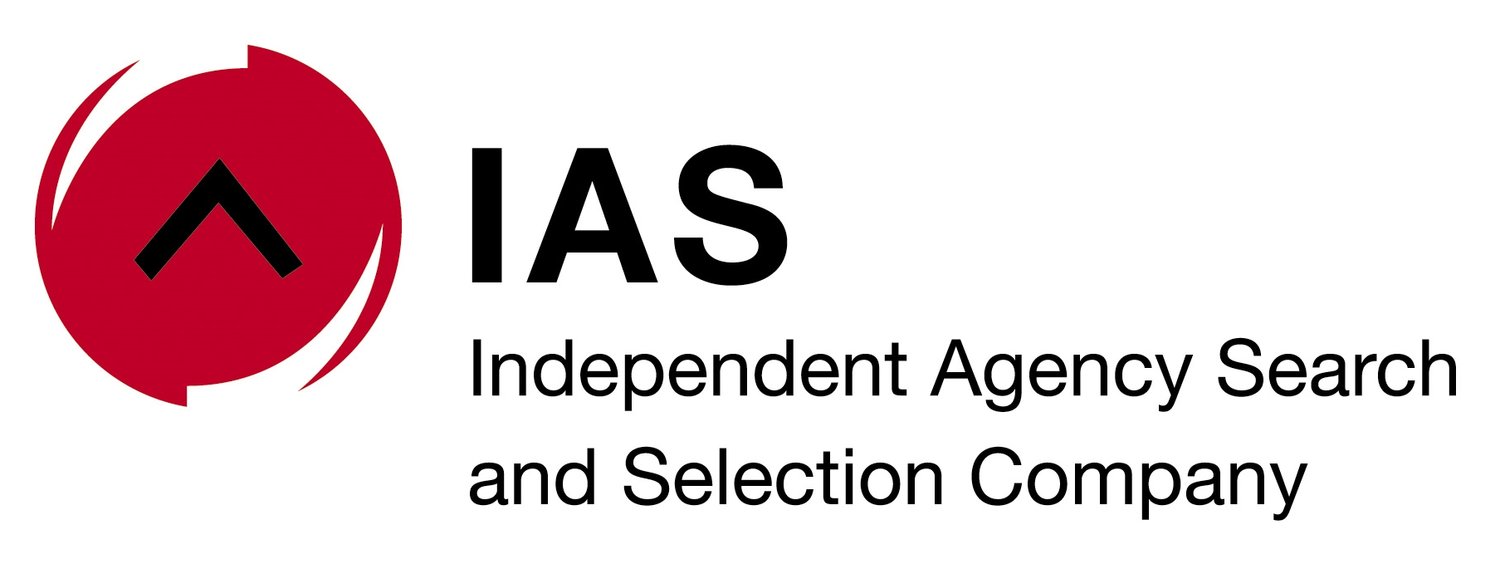On his recent visit to South Africa, president & CEO at Scopen, Cesar Vacchiano shared insights from the latest Agency Scope in South Africa.
This year Agency Scope interviewed 528 professionals - more than in previous surveys - of which 312 are marketing directors (CMOs, digital directors, media directors, etc.) and 220 were companies.
“We are very proud of these figures because it was a challenge to interview so many companies and professionals,” says Vacchiano.
Location, location
The South African market is concentrated in Johannesburg, with two-thirds of the companies interviewed based there, and 20% based in Cape Town.
“Johannesburg has grown since we started the study in 2016,” says Vacchiano.
Led by women
Of the marketing directors interviewed, 70% are women. The global average is 55% women, so the SA market is women-led.
Where is the money going
The investment into marketing and communication per R100 of client sales has declined from 2022 to 2023. For every R100 a client sold in 2023, they invest R3.5 into marketing and communications.
In 2022 this figure is R4.2. The decline is happening in all markets because of economic conditions.
The budget is split into:
· Above The Line (ATL)/traditional: 38%
· Below the Line (BTL): 27%
BTL has recuperated a little bit after Covid as clients invest more into experiential, promotions, activations, and events.
Of this investment, 35% is going into digital. In SA digital investment is still going mainly to digital paid media.
"While social media is increasing, it is still around 23%, whereas in other markets globally it already sits at 30%.
"Social media influencers are quite low in SA but growing fast. E-commerce and marketing automation represent only five percent of investment in SA, (other markets are up to 10%)," says Vacchiano.
15 different partners
A very important figure is that brands on average work with 15 different partners in SA of which five are digital platforms, that is Google, Meta, TikTok, Amazon, etc.
“For context, in China this figure is 25, in the UK it is 17. Bigger markets, such as the UK, where many original global campaigns are produced, have more partners. SA is not far from the UK figure,” says Vacchiano.
As this becomes increasingly complex, a key challenge for CMOs is orchestrating all these partners to collaborate.
A lead agency
One way to do this is to choose a lead agency. In SA 66% of marketers work with a lead agency.
“One of these 15 partners assists in coordinating all the other partners. It is normally an agency that is very strong in strategic strategy, defining the insights to give the brand strategy,” explains Vacchiano.
The lead agency shares these ideas with the other partners, especially the ones in other disciplines, who then implement these ideas.
Integrated agencies
The many challenges in different areas mean marketers want more and more integrated agencies that can solve their needs under one roof. “It is difficult to find an agency with the best talent in a variety of disciplines because it is difficult to identify, attract and retain that talent,” says Vacchiano.
He adds that this is especially so in different verticals in digital as CMOs know e-commerce social media, influence marketing, search etc. requires specific expertise.
Competition: a thing of the past?
Forty percent of clients do not care about competition. “This is a change from the past, and is driven by Accenture Song and other consultants, that work with many brands in the same category,” says Vacchiano.
This is an argument for agencies to also share clients, he explains, with different teams working on one brand.
“Agencies have different types and levels of expertise as well as an understanding of a category and discipline, such as B2B. social, etc.”
PR more important
Within the integrated agency, media and PR are becoming more important. More marketers want closer relationships between media agencies and creative agencies and because of social and digital media, PR is also becoming important in that integrated offering.
These clients are looking at PR agencies, whether they are experts in an agency or freelancers, to solve their PR needs. The more integrated PR is in the different partners they work with the better.
“This PR is not traditional PR; it is influence and social media, and especially digital PR that clients believe needs to be embedded in the thinking and strategy that their agencies are presenting from the beginning,” expands Vacchiano.
Awards are important
Awards are becoming more important for marketers as part of their yardstick for selecting agencies to work with. CMOs want to work with agencies that produce big ideas and awards are a reference for them.
AI and automation tools
Marketers are using more and more different marketing automation tools, with 73%, or three out of four marketers, which is quite big, using these tools. Forty-three (43) percent of brands in SA use Salesforce.
Asked about AI, 45% of CMOs stated that AI is a challenge in their own organisations from how to incorporate it into their business and how to benefit from it.
You may also be interested in #AGENCYSCOPESA PART 2: LONGER CLIENT-AGENCY RELATIONSHIPS PRODUCE GREAT WORK















